When discussing wildlife dangers, the question "What is the most dangerous bear?" often arises. While encounters with bears are relatively rare, understanding which species pose the greatest risk can enhance safety for outdoor enthusiasts.
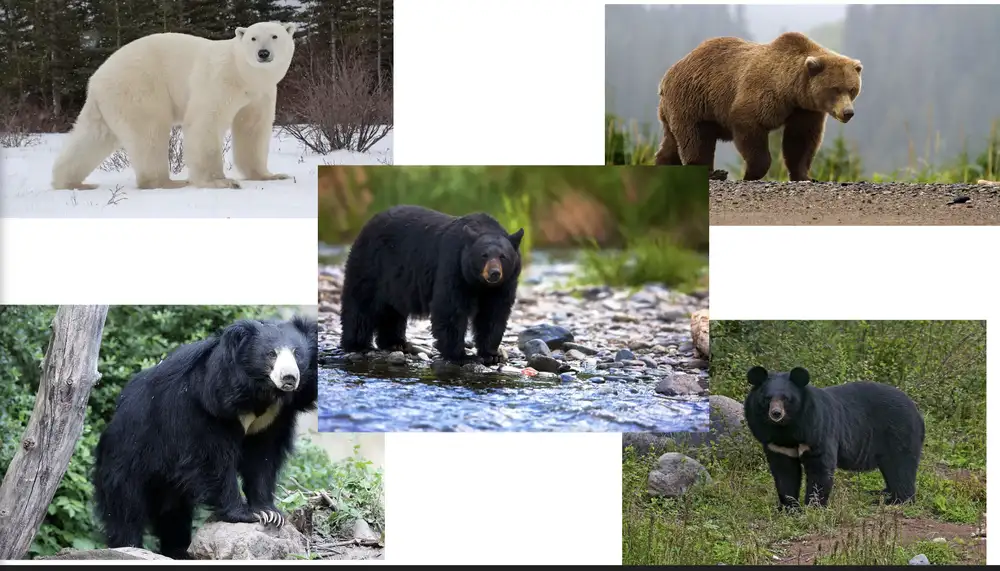
Determining the most dangerous bear involves assessing:
Physical Strength: Bite force, size, and power.
Predatory Behavior: Likelihood to attack or hunt humans.
Frequency and Severity of Attacks: Documented injuries and fatalities.
Geographical Factors: Human-bear encounter frequency.
Polar bears are apex predators capable of hunting humans and exhibit little fear toward people.
Bite Force: Approximately 1,200 psi
Average Weight: Up to 1,700 lbs
Fatalities: Approximately 20 recorded deaths since 1870
Notable Incident:
2011 Svalbard Polar Bear attack resulted in one student fatality and multiple injuries.
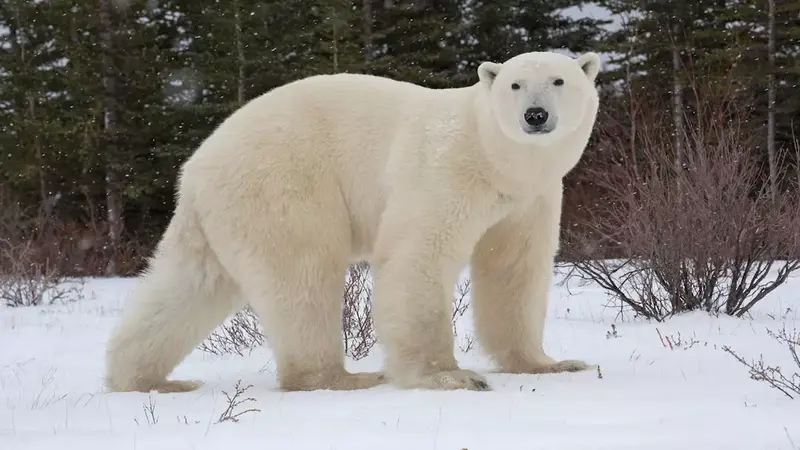
Grizzlies are highly territorial and aggressive, especially mothers protecting cubs.
Bite Force: Around 1,160 psi
Average Weight: Up to 1,500 lbs
Fatalities: Roughly 10 per year globally, notably in North America and Russia
Notable Incident:
Yellowstone National Park attacks have raised ongoing safety concerns among campers.
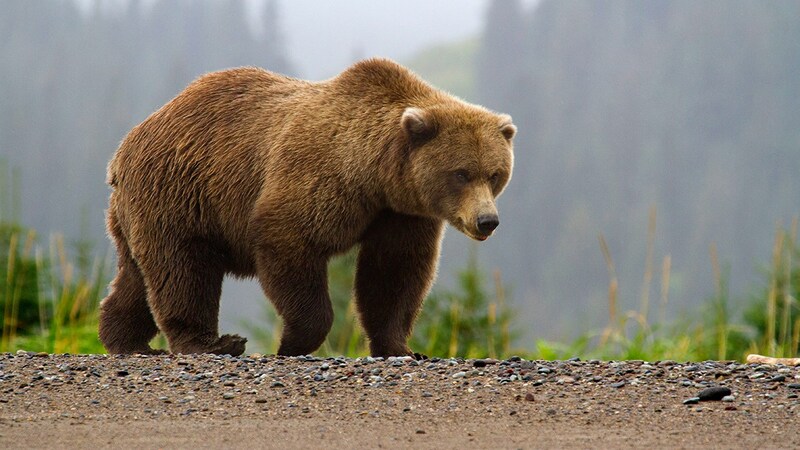
Found primarily in India, sloth bears are notoriously aggressive, responsible for numerous attacks each year.
Bite Force: Approximately 1,000 psi
Average Weight: Up to 310 lbs
Fatalities: Hundreds of documented fatalities in India over recent decades
Notable Incident:
Frequent attacks in rural Indian communities due to habitat overlap.
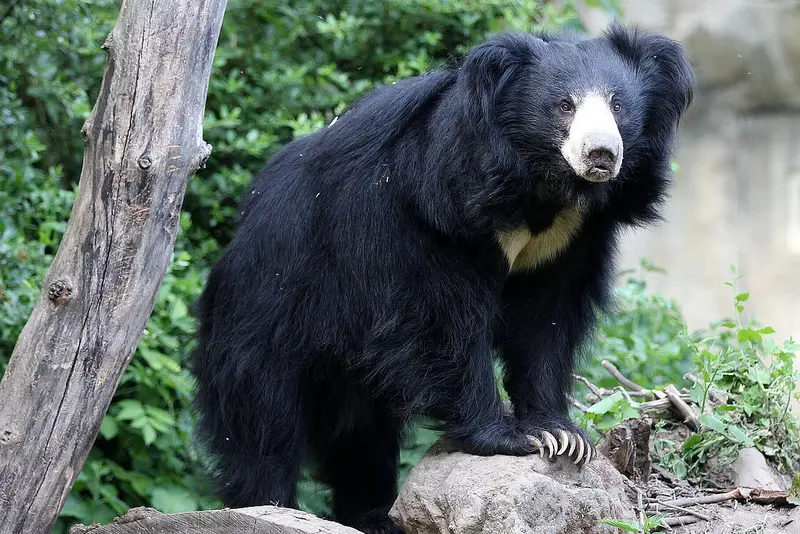
Generally timid but potentially dangerous if provoked or accustomed to human food.
Bite Force: Approximately 975 psi
Average Weight: Up to 600 lbs
Fatalities: Roughly 1 per year in North America
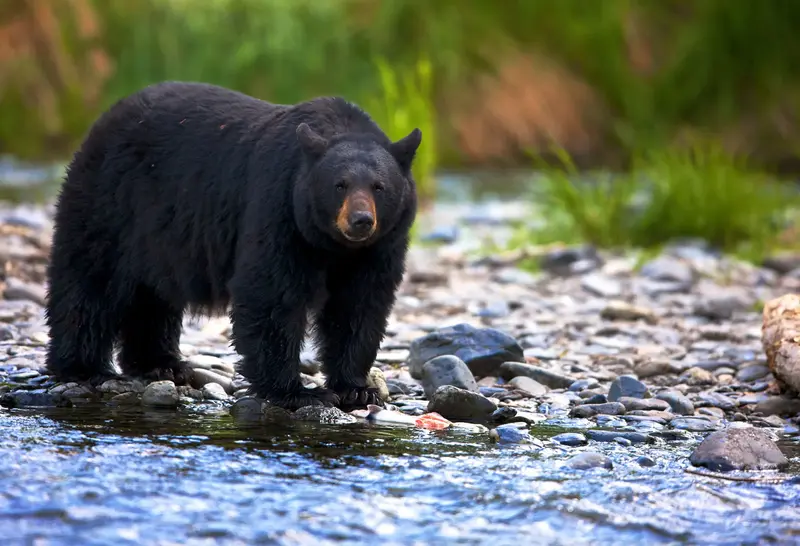
These bears are aggressive if threatened but attacks are less common.
Bite Force: Around 850 psi
Average Weight: Up to 440 lbs
Fatalities: Occasional attacks reported, especially in rural Asia
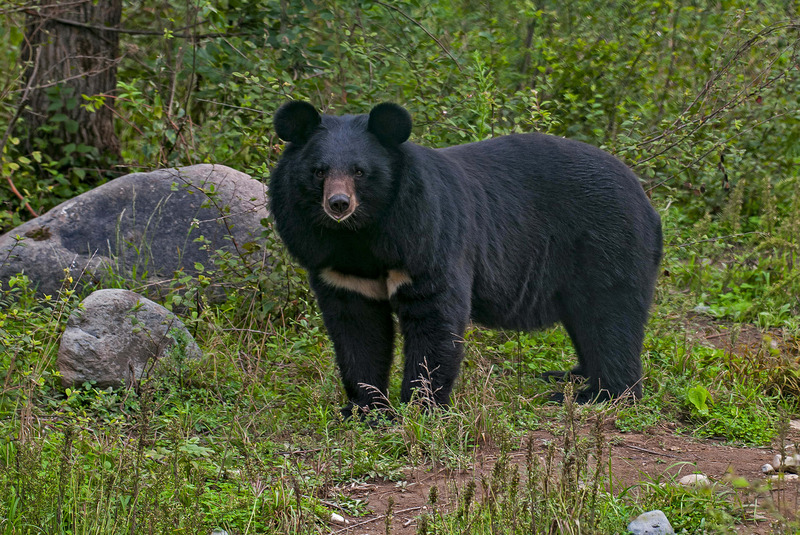
| Bear Species | Bite Force (psi) | Weight (lbs) | Annual Fatalities |
|---|---|---|---|
| Polar Bear | 1,200 | 1,700 | <1 |
| Grizzly Bear | 1,160 | 1,500 | ~10 |
| Sloth Bear | 1,000 | 310 | Several dozen |
| American Black Bear | 975 | 600 | ~1 |
| Asiatic Black Bear | 850 | 440 | Few |
Understanding bear behavior and proper preparation dramatically reduces risk:
Carry Bear Spray: Proven 92% effective, significantly more reliable than firearms.
Travel in Groups: Bears avoid larger groups; make noise to signal your presence.
Secure Food: Use bear-resistant containers, store food properly, and never feed bears.
Maintain Distance: Respect wildlife, never approach or feed bears.
Polar Bear (Svalbard, 2011): A tragic attack emphasized the need for stringent safety protocols in remote arctic regions.
Sloth Bear (India, 2023): Continuous attacks in rural regions highlight challenges with human-wildlife conflict.
Habitat loss, climate change, and increased human settlement contribute to heightened bear-human interactions, leading to difficult conservation and management decisions worldwide.
Are black bears dangerous?Generally not aggressive, but potentially dangerous if provoked or habituated to humans.
What should you do if you encounter a polar bear?Use deterrents like bear spray, stay calm, slowly back away, and never run.
The polar bear, due to its predatory nature and immense strength, tops the list as the most dangerous bear. Grizzly bears and sloth bears also pose significant risks in specific contexts. Awareness and preparation are vital for safe coexistence with these powerful animals.
animal tags: most dangerous bear
We created this article in conjunction with AI technology, then made sure it was fact-checked and edited by a Animals Top editor.